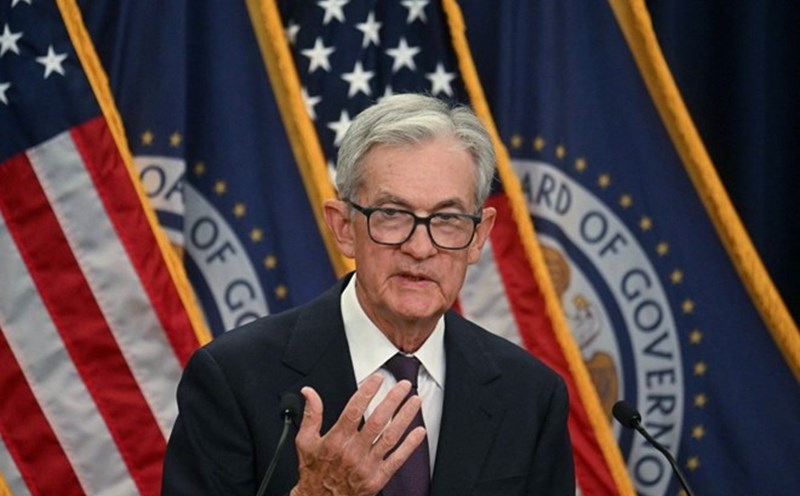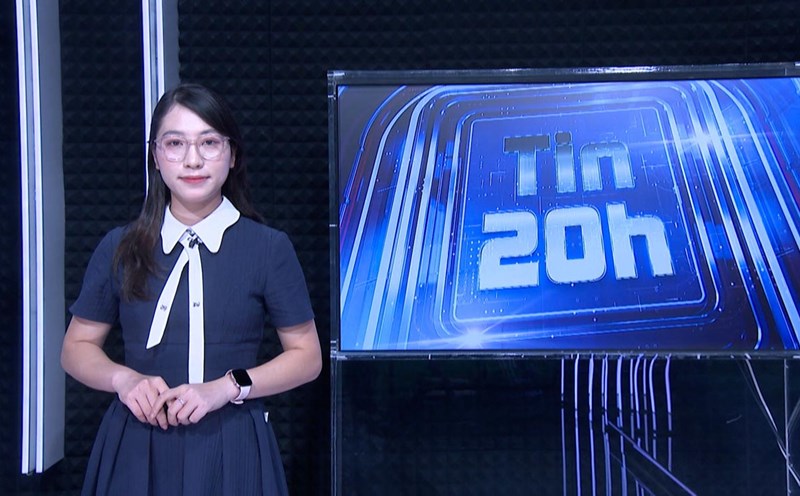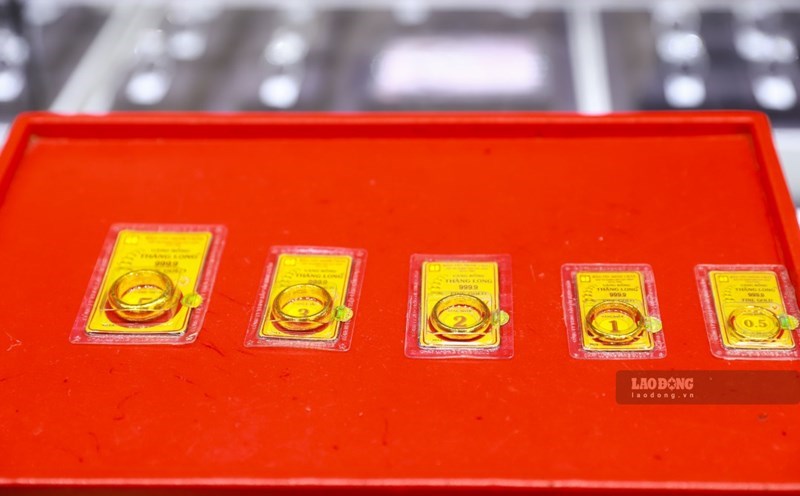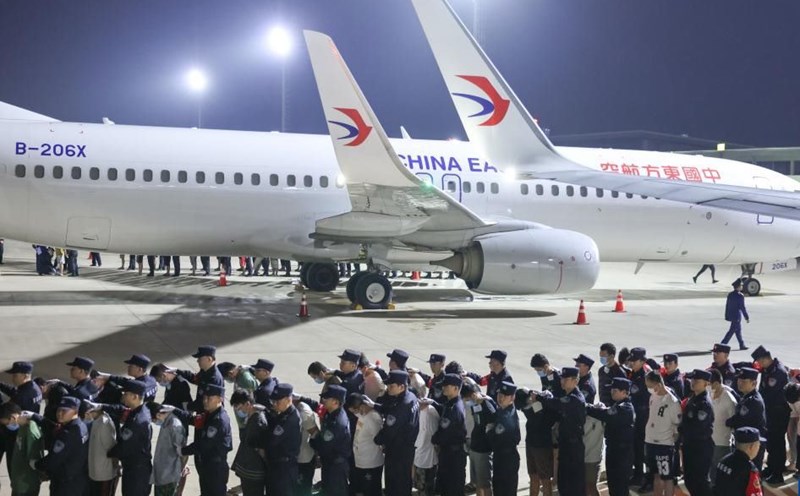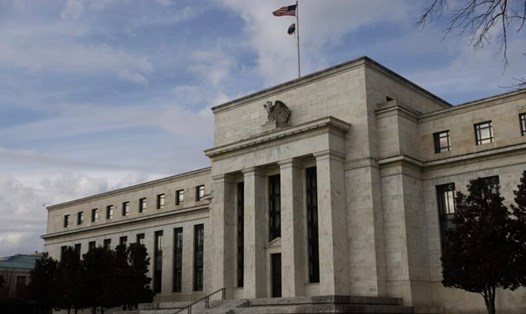On October 14, Federal Reserve Chairman Jerome Powell gave a final speech before the agency's upcoming meeting on October 14, in the context of the US economy growing beyond expectations and improving labor productivity. However, fluctuations caused by tariff and immigration policies are making the economy worried about the risk of inflation and unemployment increasing together.
The Fed is facing a big challenge in both keeping inflation low and ensuring jobs at a high level. The situation was further complicated by the US government's temporary shutdown, which delayed the September jobs report, causing a shortage of data for decision-making.
The consumer price index is expected to be released before the Fed meeting later this month. Investors predict the Fed will continue to cut interest rates by another 0.25 percentage points to around 3.75%-4.00%, and may cut them again in December.
According to Alexander Daco, chief economist at EY-Parthenon, the US economy is currently suffering from intertwined effects: trade restrictions and reduced immigration are holding back growth, while heavy investment in artificial intelligence is boosting productivity. These two factors combat each other, making the general trend of the economy unpredictable.
Fed policymakers are deeply divided. One group is concerned that inflation will still be above the 2% target and will last until next year. Another group believes that the labor market is weakening rapidly. Fed Governor Christopher Waller said that it is impossible to have a situation where " GDP growth is 4% but employment is negative". He supported continuing to cut interest rates to protect the labor market, but recommended implementing small steps to avoid mistakes.
Meanwhile, private sector data shows a weak recruitment situation, although the unemployment rate of 4.3% is still considered close to the full employment rate. The impact of President Donald Trump's tariff and immigration policies is also gradually emerging. Businesses are said to be cutting costs or profits to adapt, creating temporary productivity gains, but the risk of prices escalating next year still exists.
According to a survey by the National Association for Business Economics (NABE), inflation is expected to remain at 2.5% next year, while Ms. Karen Dynan, an economist at Harvard University, forecasts it could reach 3.3% by 2026. She warned that the Fed's continued interest rate cuts in a high-inflation environment could be a mistake.
Philadelphia Fed President Anna Paulson said that investing in AI is opening a new productivity wave and needs to be encouraged. She assessed the two more interest rate cuts this year as reasonable, but noted that growth is currently only based on a narrow foundation, mainly from spending by the high-income group and technology investment.
The US economy continues to grow, but the gap between data, policy and expectations has put the Fed in a situation where it is more difficult than ever to make the right decision.

